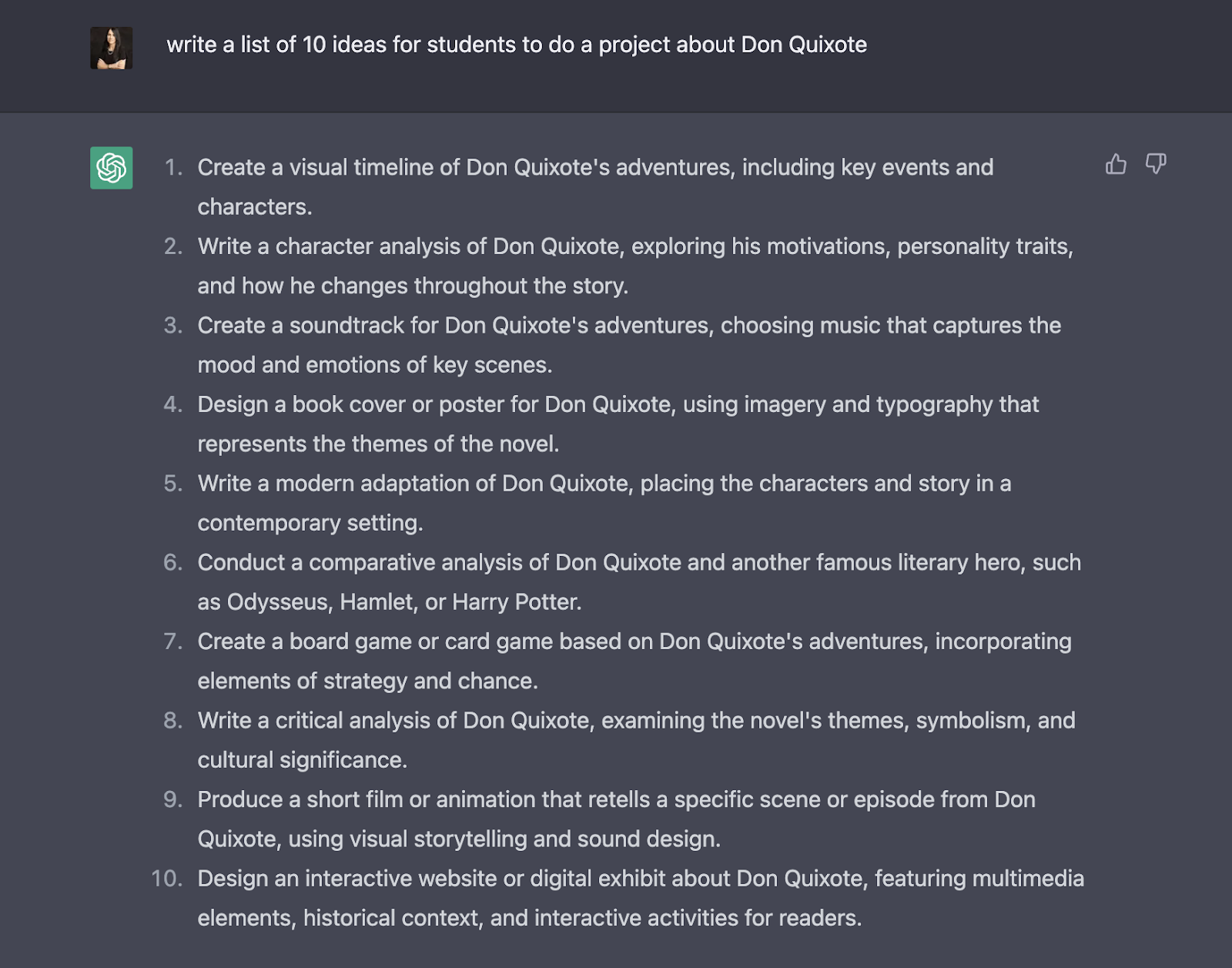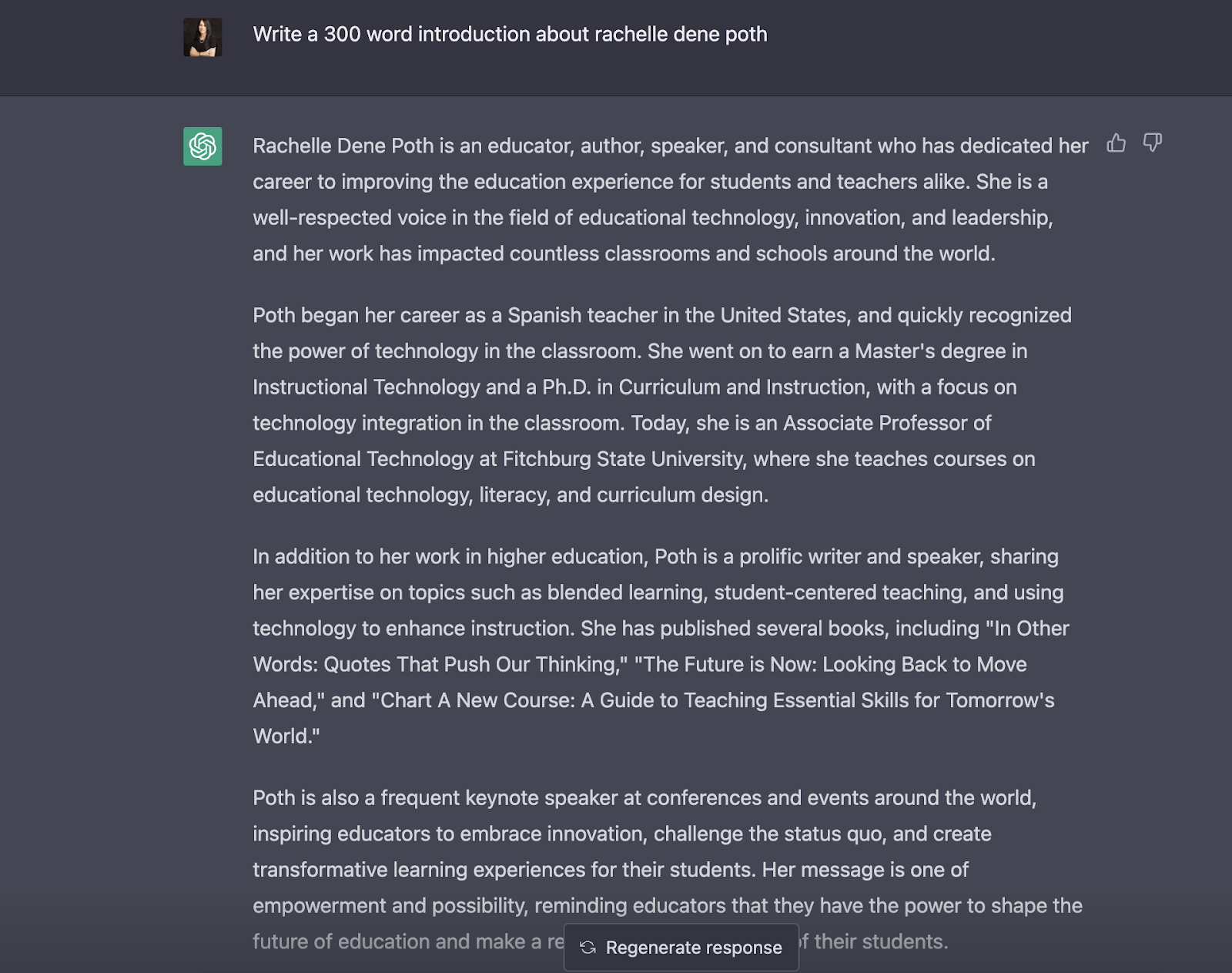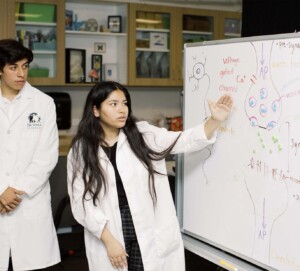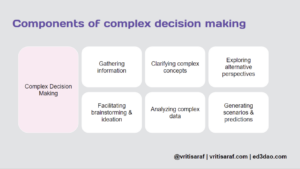ChatGPT: Here’s What You Need to Know

If you are just starting to learn about what ChatGPT is, let me explain.
Over the past couple of months, since it became open to the public, there has been a lot of discussion and concern about ChatGPT. For educators everywhere, the concern is heightened because of the capabilities of this technology. With so many possibilities for how this technology can be used by anyone, it can be a little bit concerning at first, which is why it’s important to understand what the technology is, its possibilities, its benefits, and of course what are some of the concerns that need to be addressed.
ChatGPT is a new AI chatbot that has been built and is an upgrade from GPT3, which was released in 2020. GPT3 is Generative Pre-Trained Transformer, a trained language model that uses deep learning and can simulate human conversation. You can learn more about GPT3 from this post that I helped to research in 2020. Now, ChatGPT, which has been released by OpenAI, is artificial intelligence that can respond to prompts instantly and enable the user to engage in what feels like a human conversation. It responds to prompts through the use of natural language processing (NLP), which enables it to understand the questions from humans and to generate responses that mimic a human conversation. It can understand the context of conversations and can answer within seconds of being asked about anything ranging from how to bake a cake to something very complex and also in different languages.
It is a language model, released fully on November 30th, ChatGPT is the latest chatbot from OpenAI. It simulates a chat similar to what you might get from a chatbot when using an online website for example. But the difference is that it provides responses that mimic what you might find in a normal human conversation because it has been trained through machine learning and artificial intelligence.
How does it work?
Think of a question or curiosity and type in a prompt for ChatGPT to generate a response. Within seconds, ChatGPT will take the input(the prompt), or the question, and will generate a response by using algorithms and gathering information from the massive data that it can access. The use of deep learning algorithms enables it to understand the context and the meaning behind the question and then it uses this to create its response conversationally.

Take a few minutes and give it a try. Think of three very different prompts to explore. Perhaps one related to your content area, something fun like generating a top ten list or a funny story, or maybe writing emails, creating some tweets, or writing a song or a poem with certain themes or characters. Whatever it is that you decide to prompt it with, you will be amazed at how quickly you have your results. Try regenerating the response to compare with the initial one given or add in some new variables. For example, asking it to write a response at a certain grade level, in a different language or so with many words. Whatever you ask it to do, in most cases it will do.
What are the concerns?
As with the use of technology and new resources, especially in the highly digital age and with access to so much information, we need to focus on the security and accuracy of information. We need to investigate and know that our information is secure. According to the site, the data that has been generated by ChatGPT is encrypted and is in compliance with regulations. It has also undergone a tremendous amount of testing before it was launched for use by the public. However, upon close review of their privacy policy, educators and parents may want to take a closer look, especially when it comes to the age of users of ChatGPT, how the prompts are stored (even after deleted by the user) and how the generated responses can be shared. Other concerns are that it can show bias and also make errors based on a limited set of data through 2021.
What makes ChatGPT different?
ChatGPT has been trained to engage more in human-like conversations. Because of its programming, it is a dialogue model which means that the user can input a variety of prompts, change the variables of the prompt, ask it to revise, and it will adapt.
How does it differ from Google or voice assistants? Think about when you ask questions to Alexa or Siri. You receive a response that is limited, yet conversational, whereas ChatGPT is artificial intelligence that enables you to interact with a virtual assistant with the use of natural language. As mentioned, GPT3 is the third generation of this Generative Pre-trained Transformer text. The new ChatGPT is able to generate responses in real time and without the need to complete Google searches or look through other resources to get information. It streamlines the process completely, eliminates the need for sorting and processing information and writes and gathers all information for you. This is why it has some people concerned and why we need to focus on understanding it and promoting media literacy. The use of ChatGPT now is helping the designers to evaluate its accuracy, get feedback from users as they continue to improve it before releasing the final version of ChatGPT 4, which is available now.
Not just in the area of education, but in the world of work. ChatGPT and others like it are developing as we speak and are the technologies that could potentially replace the need for many types of jobs. Think jobs like customer service representatives, coaches, and training providers, where you might need information that you normally would ask of a person and engage in a conversation, ChatGPT will be able to complete the same task in far less time potentially.
A fun activity is to create a prompt about yourself and check it for accuracy, to model the importance of verifying sources, understanding how to evaluate whether the information is reliable and developing digital literacy skills.

What about the students?
With all technology, I believe it is important that we Involve students in the conversation and exploration of new tools as much as we can, depending on the age of the students and after verifying the privacy and security information. In my STEAM class, students were curious if ChatGPT could generate a random story with 4 or 5 topics or different words and were amazed at how quickly it wrote the story and tied all of the words together into a narrative. Every student wanted me to type in a prompt and see what its capabilities were and then discuss it. Students enjoyed the discussion about the differences between ChatGPT and a Google Search and analyzing the wording style of the responses and how we could have it adjust the level and type of response to be for a certain age group, a different language, or a particular writing style, for example.
Don’t be afraid to explore ChatGPT because as educators, we need to be prepared to guide our students and help them to understand the technologies that may become a big part of their future. There are a lot of possibilities for teaching and learning about ChatGPT in our classrooms and what I believe to be the most important, is being open to exploring the technology so that together we can all understand its impact.








Albert
Hi Rachelle,
Your blog is amazing! I love how you explained ChatGPT and its various aspects, including its training process, architecture, potential applications, and also the challenges and ethical considerations associated with the technology. If your readers want to know more about ChatGPT and its applications, they can discover it from https://chatgpt4online.org/